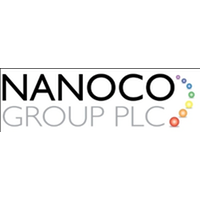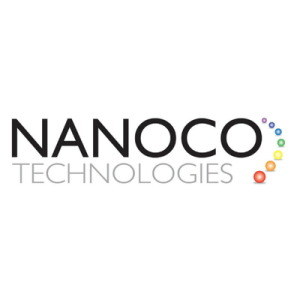Quantum dots are tiny, easy-to-produce particles which will soon take the place of more expensive single crystal semiconductors in advanced electronics found in solar panels, camera sensors, and medical imaging tools.
Although quantum dots have begun to break into the consumer market, in the form of quantum dot TVs, long-standing uncertainties about their quality have hampered their adoption.
“Traditional semiconductors are single crystals, grown in vacuum under special conditions. These we can make in large numbers, in flask, in a lab and we have shown they are as good as the best single crystals,” says co-lead author David Hanifi, a graduate student in chemistry at Stanford University.
The researchers focused on how efficiently quantum dots reemit the light they absorb, one telltale measure of semiconductor quality. While previous attempts to figure out quantum dot efficiency hinted at high performance, this is the first measurement method to confidently show they could compete with single crystals.
Nanoco Group Plc (LON:NANO) leads the world in the research, development and large-scale manufacture of heavy-metal free quantum dots and semiconductor nanoparticles for use in displays, lighting, solar energy and bio-imaging.


